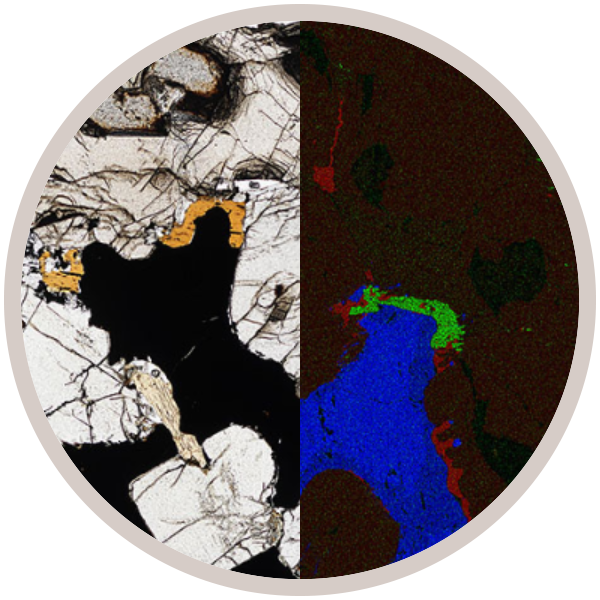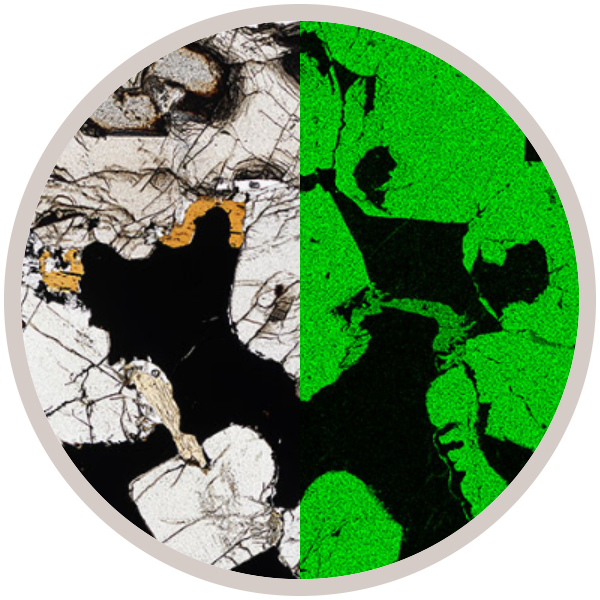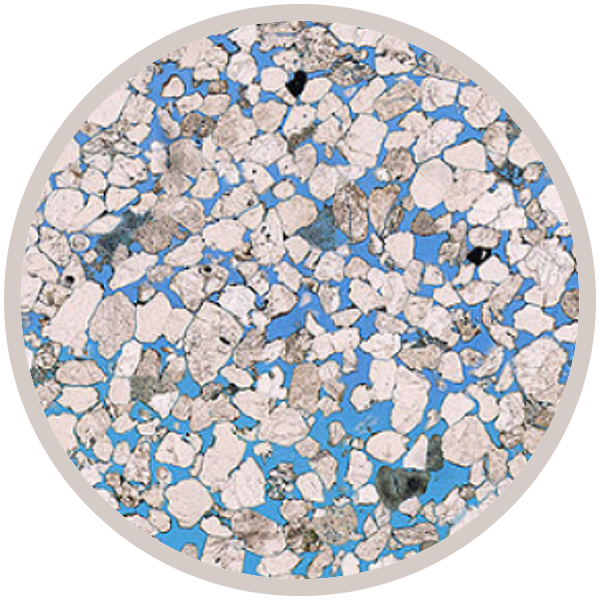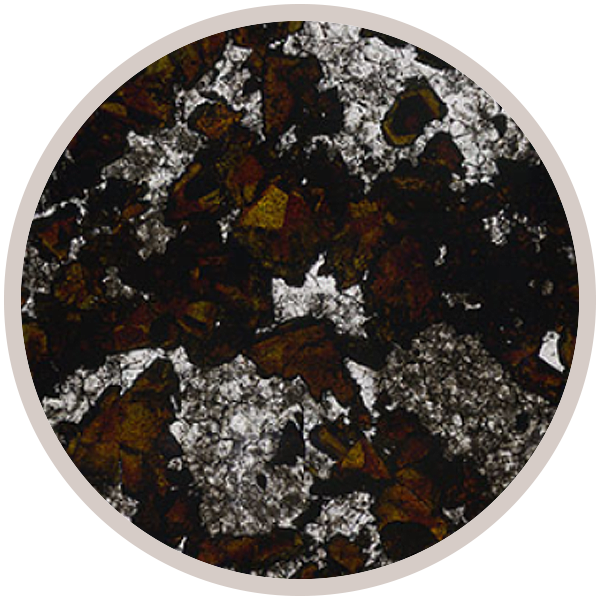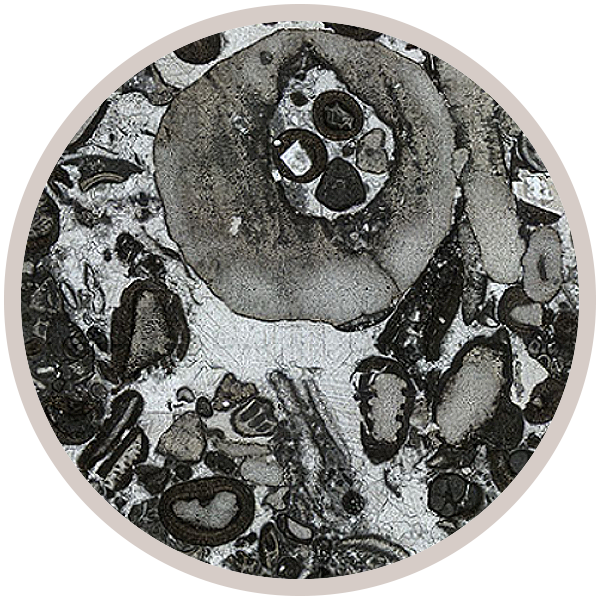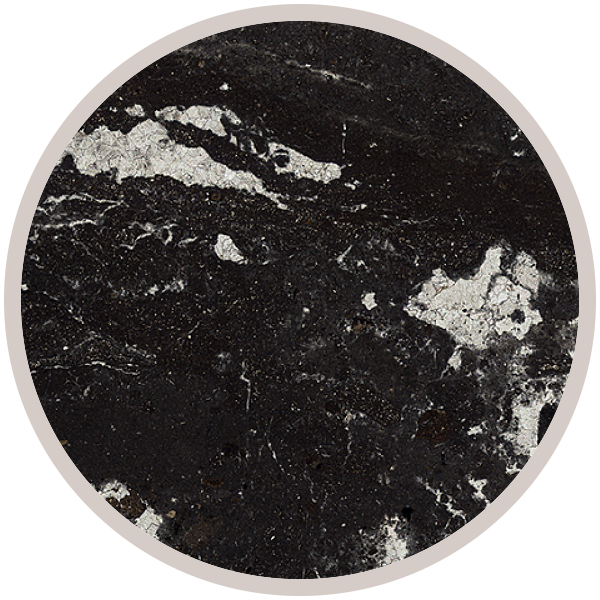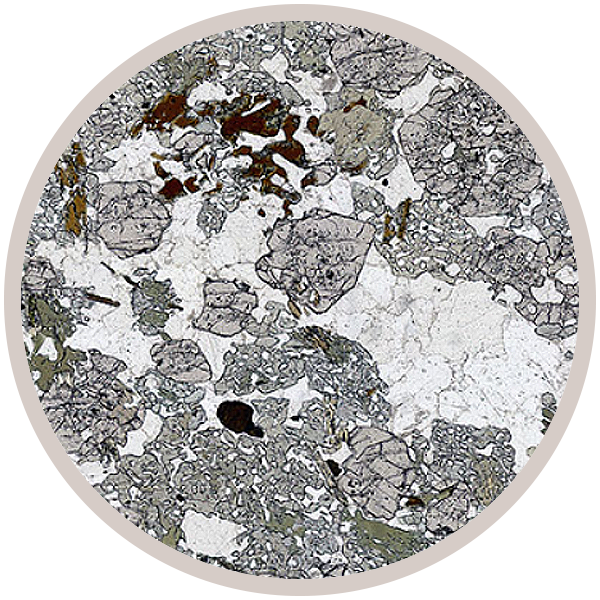
Fact sheet
This garnet-clinopyroxene-plagioclase granulite comes from near Slishwood in the northeastern end of the Ox Mountains inlier, a belt of extremely high-grade metasediments and metabasites whose age is uncertain. The rocks survive widespread Grampian epidote amphibolite facies retrograde alteration. Conditions of the metamorphism were transitional between the granulite facies and the eclogite facies, and have been dubbed the high-pressure granulite facies. The unusual intergrowth of clinopyroxene and plagioclase in the rock perhaps resulted from decompression of former sodium-aluminium-rich clinopyroxene (called omphacite) and, if so, then the rock was once eclogite.
A group of iCRAG members (UCC, TCD, NUIG and UCD) in partnership with The Open University have created a new collection of Irish rocks and associated learning materials for the Virtual Microscope of Earth Sciences.
The project which is entitled 'The Geoscience e-Laboratory (GeoLab): Developing Digital Teaching and Learning Resources for the Virtual Microscope' seeks to develop open access teaching resources in the form of interactive exercises and assessment rubrics for the Virtual Microscope. Find out more about the project at the GeoLab website.
The Collection was created using funding from the Faculty of Engineering, Mathematics and Science at Trinity College, Dublin, and the National Forum Teaching and Learning Enhancement Fund. One sample (Merensky Reef) showcasing x-ray element maps in addition to the usual PPL/XPL/REF images was funded by Prof. Balz Kamber's MetalIntelligence EU training network grant.

